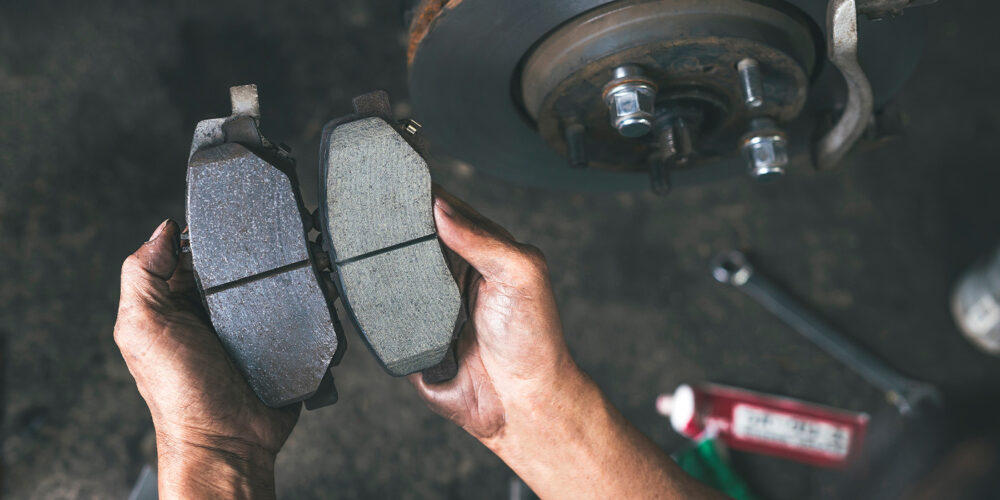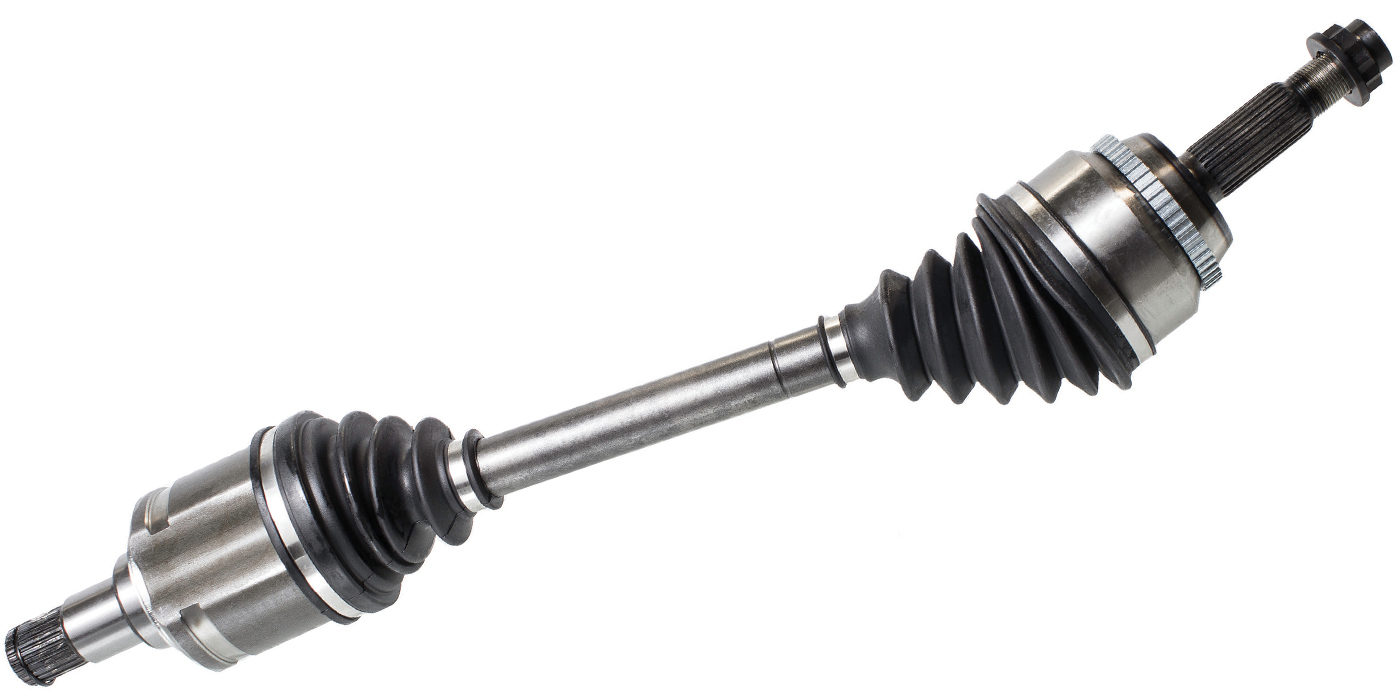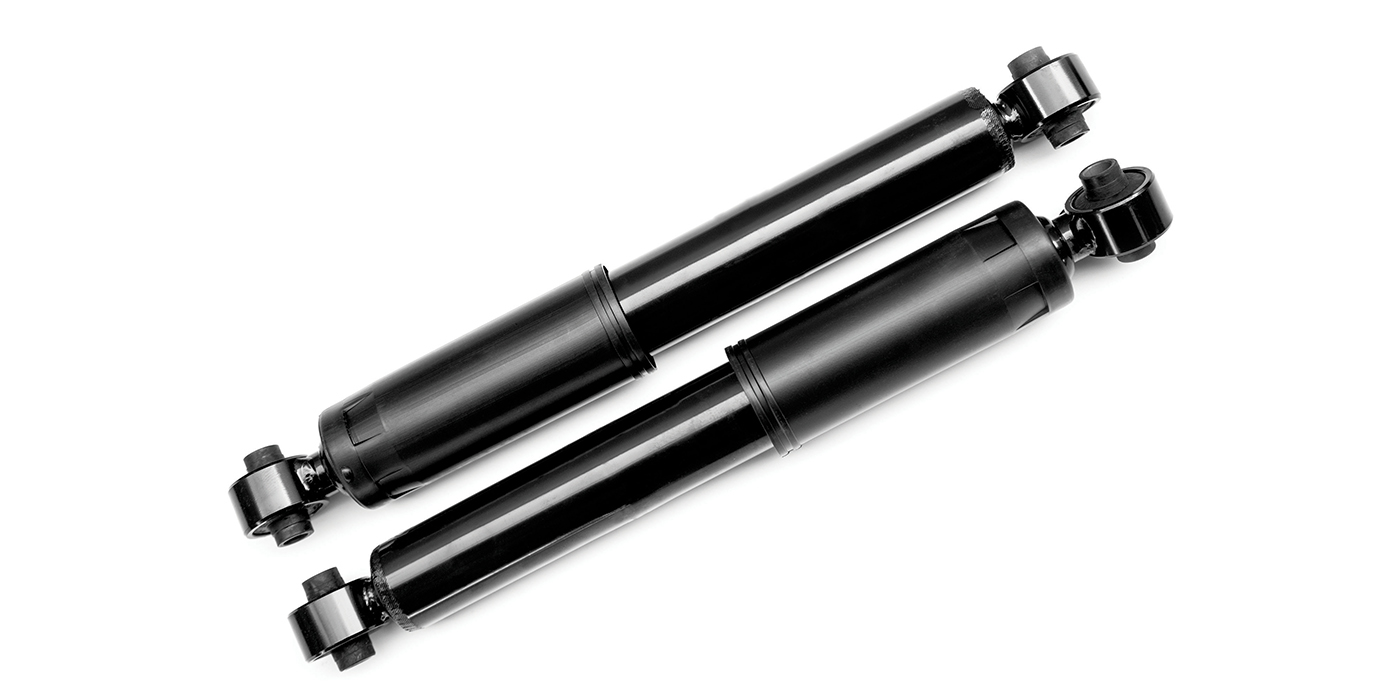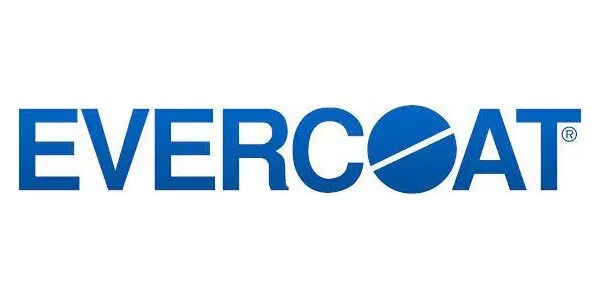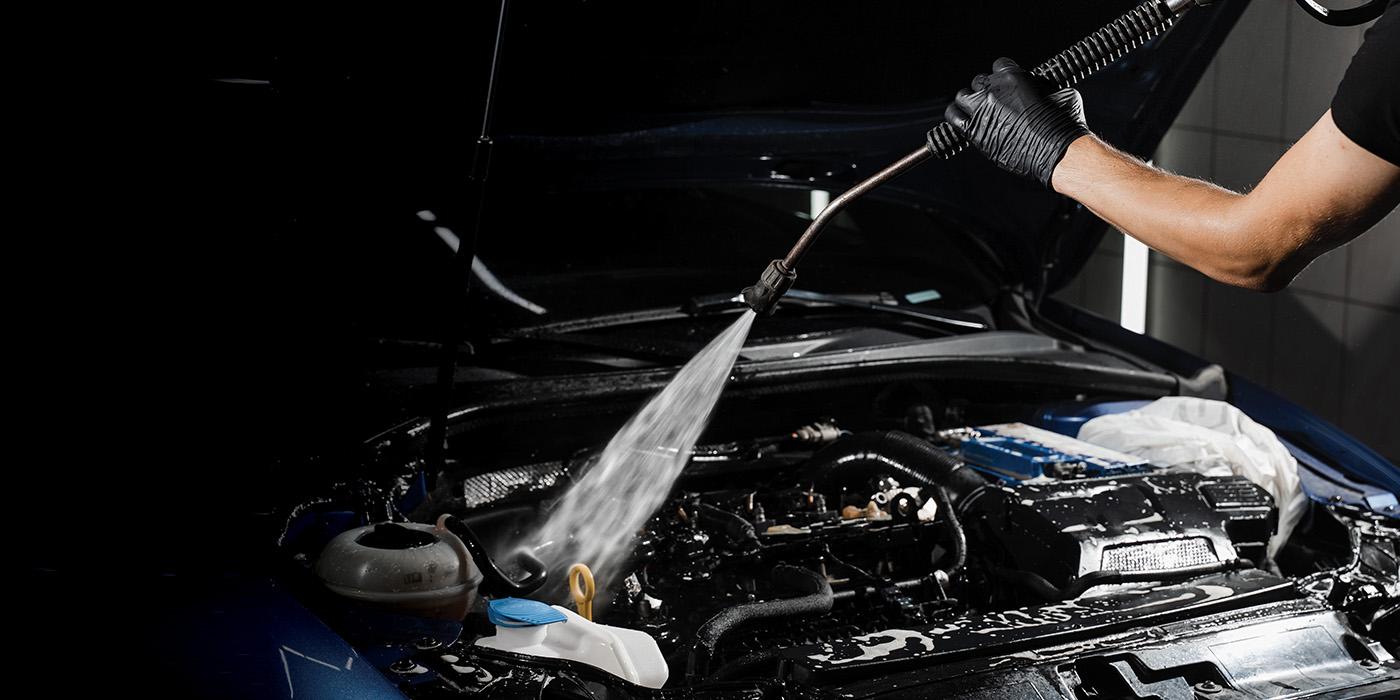Like many product lines in our inventories, brake pads are often dual or even triple lined. To service a wide variety of vehicles and customer types in a dynamic market, it has become a necessity to offer various price points on one of the most critical safety items we offer.
Price is only one of the criteria we should be using to determine the most appropriate product for the customers’ needs, but it is the one that seems to get the most attention. Too often, price is quoted as shorthand for quality, and we present a good/better/best option based on their price points. Rather than presenting the features and benefits of each product, we often gloss over the “how and why” in favor of the “how much.” When we present items in this manner, we commoditize them, leading the customer to believe there is very little difference between the products, aside from the amount of money they are going to spend today. Often, the value derived from improved performance and longer lifespan of the better-quality product exceeds the difference in price between it and the lesser-priced equivalent.
For brake pads, the composition of the friction material is the first area where quality really counts. Beyond the basic “semi-metallic” vs. “ceramic” terminology lies a complex chemistry of elements that created a slab of material that is expected to provide excellent stopping power in all driving conditions without squealing or leaving dusty residue on your customers’ wheels. Premium brake friction material is often designed with specific applications and usage in mind. The friction formulation of a “ceramic” pad intended for a commuter sedan will be different than a ceramic pad intended for a police pursuit vehicle, or even a full-size truck that is used commercially. The entry-level pad manufacturer may take a more “universal” approach, with the friction material providing average performance across a wide range of appli-cations, but underperforming in critical areas where a premium pad would give better longevity and quality of service.
Beyond the friction material, the backing plate is another area where you get what you pay for. Galvanized, E-coated or powder-coated backing plates have better corrosion resistance than those plates treated with a simple coat of paint. When corrosion creeps between the pad material and the backing plate, a phenomenon known as rust-jacking can weaken the bond between materials, leading to pad delamination. Premium pads also are more likely to feature an attached shim, which can help reduce the vibrations that cause squealing.
NVH complaints are also commonly caused by reusing existing pad retaining hardware, or eliminating it altogether. Unfortunately, I have seen more than a few instances of poorly-stamped or thickly painted backing plates preventing the pad and hardware all fitting correctly into the caliper bracket. Some folks resort to grinding or filing away the edge of the backing plate, creating another path for corrosion down the road. Worse yet, others entirely omit the stainless hardware clips, resulting in a clunk or rattle with every pedal application. It continues to baffle me that some entry-level (and even mid-grade) pad pack-ages still do not include hardware, even though they are a critical part of a complete disc brake job.
Electronic brake pad wear sensors are an increasingly common design feature, either molded directly into the friction material, or clipped into the backing plate of one or more pads. In my own opinion, the ideal premium brake pad set should include friction material purpose-built for the intended application, a good quality shimmed and coated backing plate, the necessary installation hardware, electronic wear sensor (if equipped), and any included warranty should be commensurate with the intended service life of the pads.
When it comes to premium products, it is often these “extras” that people don’t consider when comparing them to lesser brands. Application-matched friction materials, manufacturing and design features that ensure a long and trouble-free service life, as well as the convenience of having all the necessary components collected into one package, saves the customer time and labor initially, and over the (longer) life of the product, actually provides more value per mile than lesser competitive products.

